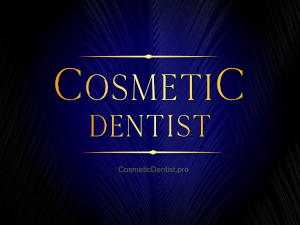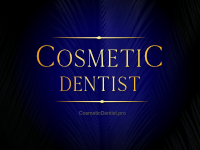Full Dentures
Many of the dentures new patients arrive with are poorly fitting which in turn makes them difficult to eat with, uncomfortable and they can have an unnatural appearance. This does not have to be the case. In many cases we are able to improve the appearance of dentures and design them to be far more retentive (in most cases denture fixative pastes should not be required).
A Full Denture(s)Assessment may show a number of problem areas;
- Reduced retention, especially with the lower denture.
- Low stability of both dentures (they tilt and move!).
- Difficulty with eating and talking.
- Aesthetics (teeth too white, even in their arrangement, appearing less natural).
- Too much (OR too little) tooth and gum visible.
- Tooth set-up less complimentary to your face shape than ideal.
If you suffer with any of the list of problems, then we should be able to help you. It is possible to improve all these factors to some extent with the benefit of the extra time we have available and the use of highly skilled lab technicians, carefully working to our precise laboratory prescription.
Advanced Denture Features;
- Colour Toning – can be used on visible gum at the front is also characterised to look natural (rather than shiny, smooth, pink plastic).
- Correct Tooth shape, size and positions – can be chosen with the help of old photographs (enlarged on the TV monitor), so that dentures may be made to resemble previous natural teeth.
- Soft linings – can be used to optimise comfort especially when eating.
- Denture face lifts – to reduce lines around the mouth and folds at the mouth corners.
- Alloy denture base – can be used to reduce any excessive bulk and weight of the denture.
- Flabby ridge reduction (surgical) – can be carried out to improve denture stability. [link to Oral Surgery Procedures]
- Balanced Articulation (Gerber System Dentures) – to aid stability and comfort when eating. Special attention must be paid to the exact way your teeth bite together. Gerber System Dentures are fabricated on an adjustable machine which is designed to behave and resemble the patients mouth and jaw joints both during rest and chewing, so that the new dentures, when inserted are more “at peace” than “at war” with the patient structures. This ensures that stability and denture support are maximised.
Improved Denture Retention
Denture retention is often a real challenge however there are several ways that this can be improved with;
- Correct design and manufacture of the denture especially regarding the extensions of the denture peripheries. Over-extended peripheries lead to de-stabilising the denture when the soft tissues of the mouth move, thus allowing air under and reduced retention. Under-extension again allows air under the denture due to the reduced peripheral seal and thus reduced retention. A difficult balance is required and comes mainly from experience and enthusiasm.
- Over dentures (standard) can be constructed over the top of retained teeth/ roots. These teeth are specially modified to provide added support and retention for the denture, often using clips, ball attachments.
- Implant Retained Over dentures work in a very similar way with the denture constructed over the top of a retaining / supportive implant abutment which is fitted into the implant fixture (in the bone). Various fittings can be used including ball attachments and bars with clips to attach the denture depending on the merits of each case.


